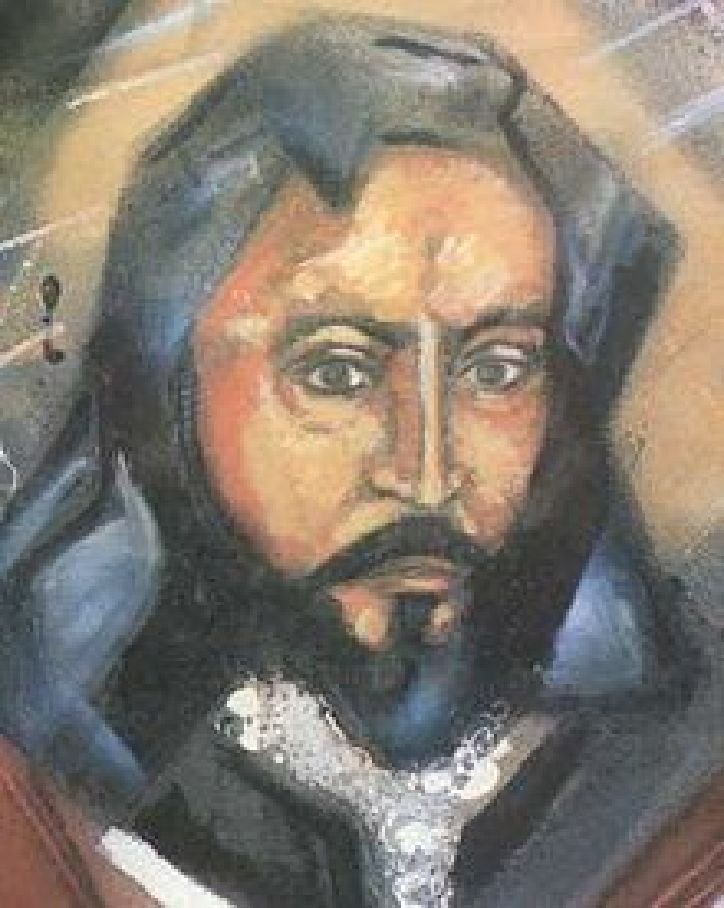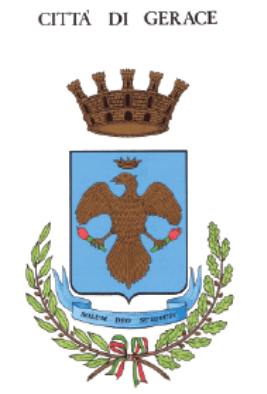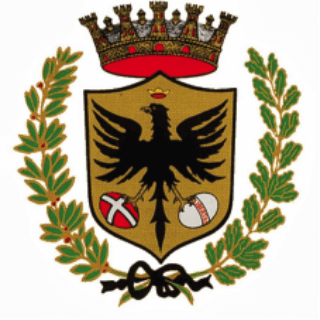Cultural, historical and natural heritage
A total of 200 sites representing cultural, historical and natural heritage, as well as other tourist offer were processed. They are divided into five groups. Cultural and historical heritage; natural heri-tage; active tourism; eno-gastro and accommodation. Cultural and historical is a heritage from different historical periods, among which the historical sites under the administration of the Kosača family are of special importance for this route. The backbone of this route is represented by the fortresses in Mostar, Ljubuški and Stolac, and the medieval necropolis of the stećak tombstones of Boljuni (Stolac). The fortress in Mostar (Stjepangrad) is the administrative center of the Hum country under the administra-tion of Duke Stjepan Kosača, and the same ruler had another fortress built in Ljubuški. Historical sourc-es also testify that the Kosača family at one time managed the site "Stari grad Vidoški" in today's Stolac.
The stećak, which belongs to the military leader and manager of Hum land from the Kosača family, Vlatko Vuković, brings special value. It is buried in the necropolis of the Boljuni stećak tombstones, which is one of the most representative monuments of this type of heritage. In that sense, I finally suggest the “Kosača Family” route; Stjepangrad (Blagaj) - the fortress of Duke Stjepan Kosača (Ljubuš-ki) - The Old Town of Vidoški (Stolac) - the necropolis of the Boljuni stećak tombstones.
To this area, of course, belongs a number of other archaeological sites that testify to the continui-ty of life from prehistory to the present day, but also other diverse potentials. For example, in addition to hydrological potential, natural heritage has the historical value of communication and connecting the entire western Herzegovina with the Adriatic Sea, since prehistoric times. Therefore, this route can be enriched by the impressive waterfalls Kravica and Koćuša, the source of the Buna, as well as the wetlands of Hutova blata. Active tourism offers different dimensions for people who enjoy a hybrid combination of visiting cultural and natural sights and active holidays. In this sense, in this area you can experience paragliding over the fortress of Herceg Stjepan Kosača in Ljubuški, cycling and running on historic trails or along the pond of the river Trebizat, kayaking or canoe safari, off road safari, sport or recreational climbing, zip line, recreational riding etc. similar activities. An unavoidable part of the offer are gastronomic delicacies and numerous accommodation facilities. First of all, Herzegovina has a long tradition of viticulture and local varieties from which top wines are produced. In addition, it boasts top-quality olive oils, honey and similar home-made products. Among the eno-gastronomic experienc-es, it should certainly be pointed out that some catering facilities also offer meals called "Herzegovinian plate" or "Herzegovinian cake".







